Last updated on July 13, 2024
Origins
The game of backgammon has been around, in some form or another, for over five thousand years. It originated in, or around, Persia. There have been a number of variations of the game, some of which have survived until the current day. At Deluxe Backgammon we are keen students of not just the game, but also the history of backgammon. In this post, we thought we would explore the changing fortunes of backgammon in the 20th Century.
Early 20th century
At the beginning of the 20th century, backgammon was predominately a game for the wealthy upper classes. It would have been played in the parlours of stately homes and the ornate dens of private members’ clubs. In the 1920s the game experienced a renaissance when an unknown player in a New York venue introduced the world of backgammon to the doubling cube. Although gambling had been part of the game for thousands of years, the concept of doubling added a completely new dimension to the game, which added to the thrill of competing at backgammon.
Doubling and the first renaissance
A double works like this: At the start of a game, you place the doubling cube, the dice bearing the numbers 2, 4, 8, 16, 32 and 64 on the bar in the centre of the board with 64 on top. At this point, the number 64 equates to 1 because the doubling cube doesn’t include a 1. Neither opponent is in control of the cube at this moment.
As the game unfolds, if one of the players feels that they have a distinct advantage, they can declare that they are going to double on their next turn before they roll the dice. They turn the doubling cube to the next highest value. If the opponent rejects the double, they lose the game at the current stake. If the opponent accepts, the value of the game doubles and they continue to play. The opponent then takes ownership of the doubling cube and can make the next double, in which case the stakes double again. Doubling can continue beyond 64, although the players need to keep track of the stake.
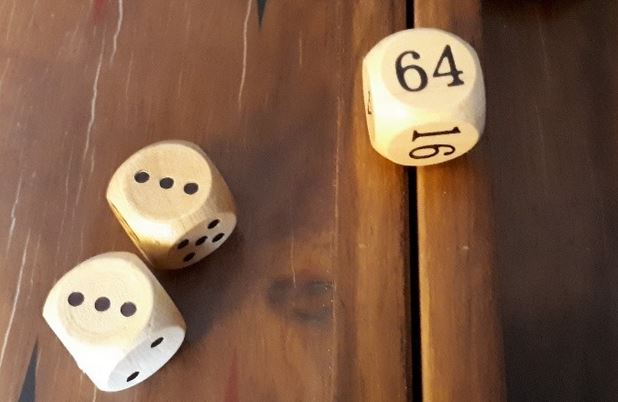
The doubling cube added new elements of risk, enhanced mathematics and psychology to backgammon. Because this appealed to the masses the game moved beyond the stuffy parlours and private members’ clubs and into the lives of the middle classes. Throughout the Roaring Twenties, the game thrived and a number of books were published as introductory texts to the nuances of the game. The surge in popularity only came to an end because of the Stock Market crash of 1929 and the subsequent Great Depression.
The impact of the Second World War
The game experienced a lull during the 1940s and 50s. The Second World War impacted the lives of several generations and with little wonder, their minds turned to less frivolous activities than backgammon. The subsequent recovery period including the building and baby booms further distracted the people of this time and backgammon lay, all but, dormant for several decades. The game once again became the pastime of the upper classes. Once the world began to emerge from the doldrums left by the war, backgammon experienced its second renaissance in the 1960s and 70s.
1960’s and 70’s. The second renaissance
In the early 1960s, an American socialite called Prince Alexis Obolensky began running invitational backgammon tournaments. In 1964 he promoted the first World Championship, held in a luxury resort in the Bahamas. The first event included 40 entrants, but by the end of the 1960s, the World Championship field had expanded to 128 players. Other tournaments proved popular in locations such as London and Las Vegas. Backgammon was now seen as the pastime of the international jet-setters, something that many aspired to be. The game soared to new levels of popularity.
Backgammon continued to thrive during the 1970s. The world had largely recovered from the nightmares of the Second World War and the middle classes were booming. The game again moved from the private member’s clubs out into the social and recreational establishments of suburbia. Magazines and yet more books were published, which helped popularise the game. Celebrities such as Omar Sharif and Lucile Ball were keen advocates of the pastime. Tournaments were popular in the suburbs and the major events in cities could attract hundreds of thousands of dollars in prize money. During the 1970s, it was possible to earn a comfortable living playing the game professionally.
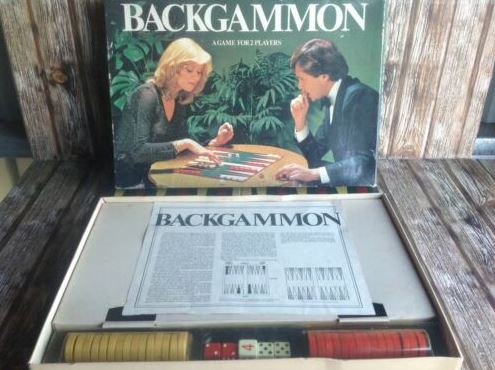
During the 1980s the game entered another lull. The serious players still continued with their tournament play, but the recreational or social player numbers fell into decline. Perhaps the game had been seen as a fad and the social players moved on to new pastimes. The 1980s was the era when the first commercial video games emerged onto the market, so this may also have contributed to the decline of backgammon. The advent of video games brought with it the widespread introduction of computer processing. Whilst the game was fading in popularity for the social player, the serious backgammon players were now able to use computer power to analyse the game to levels that were previously unavailable. The first significant program was TD-Gammon. This was the start of the third, and final, backgammon renaissance of the 20th century.
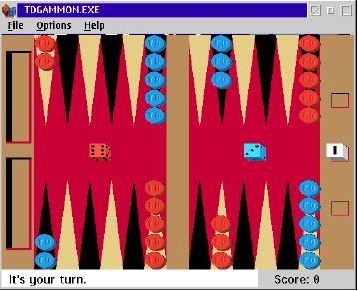
The final renaissance
During the late 1980s, the first Backgammon software became commercially available. For a relatively small investment, players could purchase backgammon software that would run on home computer equipment. This software allowed serious players to complete a detailed analysis of positions and complete games. The software was capable of performing rollouts at a rate far beyond what was capable by a human with a pair of dice. The correct move could be mathematically determined for any position to an incredible level of accuracy. As the software improved this analysis became more in-depth. It often proved that moves that had been practised by Backgammon masters for centuries were quite wrong.
The final breakthrough of the 20th century was the introduction of large-scale networking. The Internet facilitated the introduction of online gaming and gambling. A player no longer needed a human opponent to play backgammon. Twenty-four hours a day, seven days a week, backgammon play, analysis and forums are available to anyone with an internet connection.

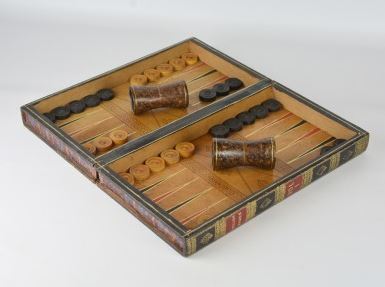
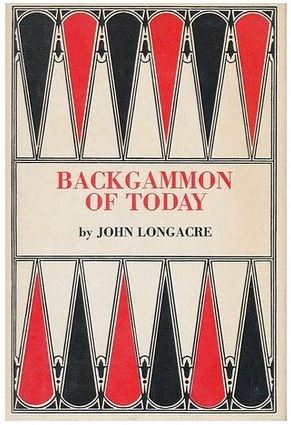
Very informative. Just started playing backgammon, its brilliant and has such a long history.